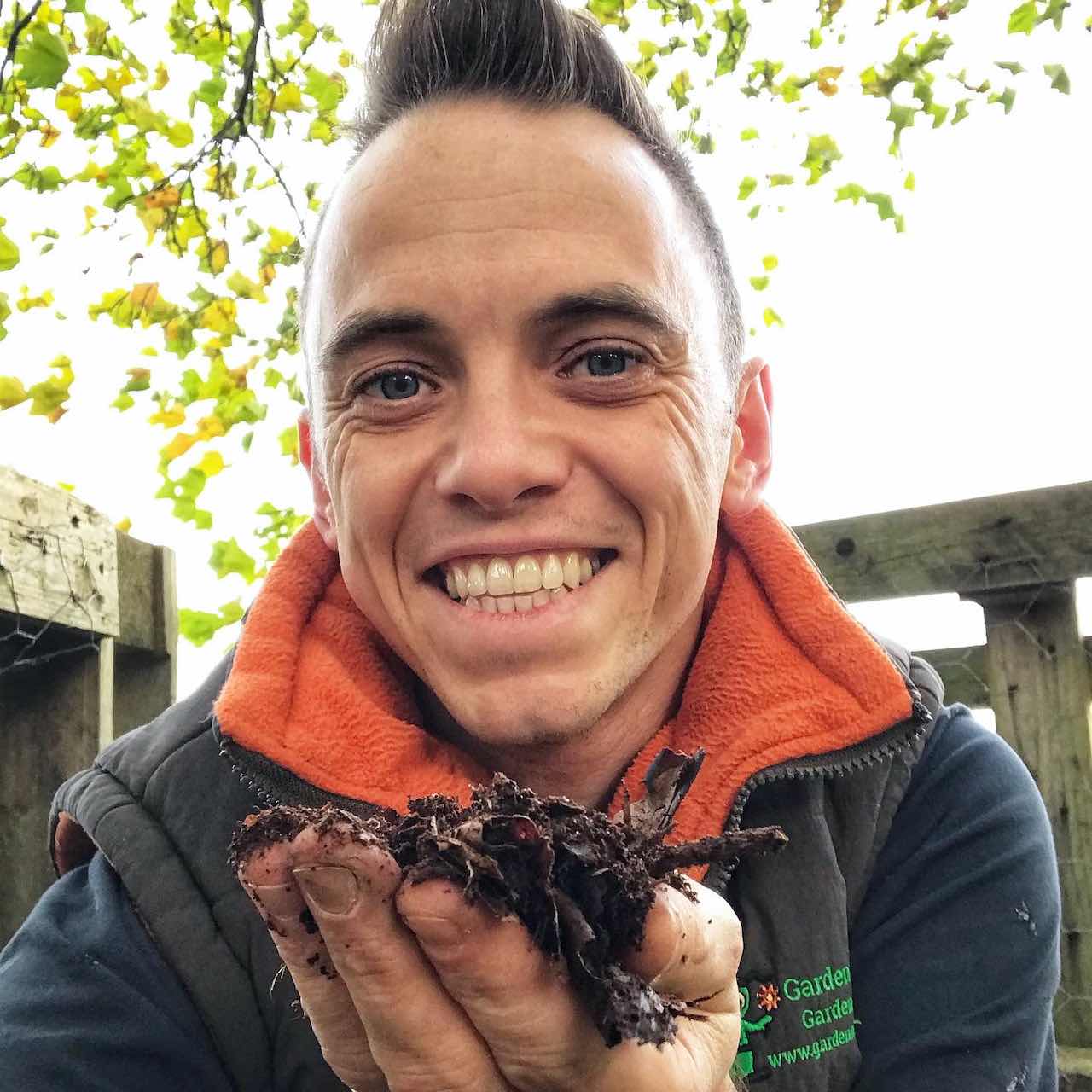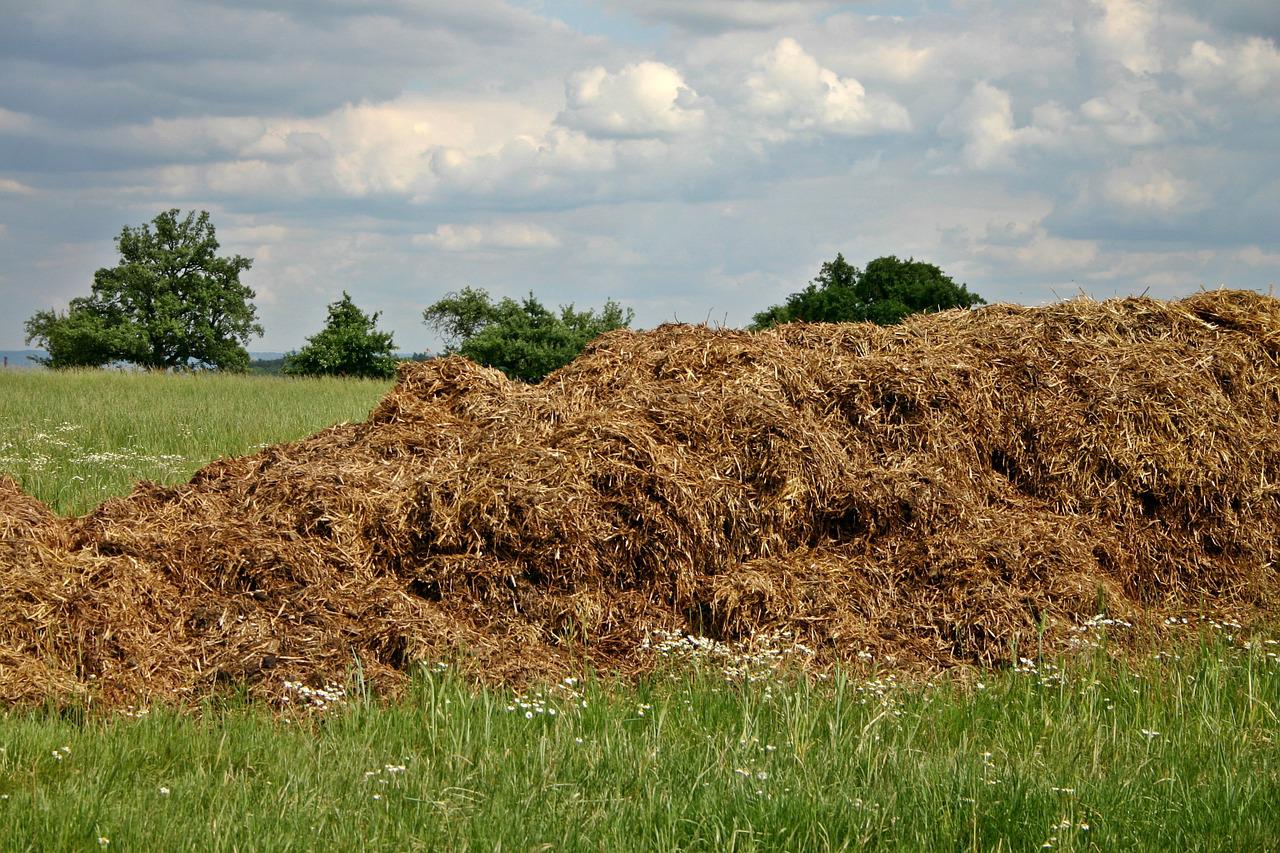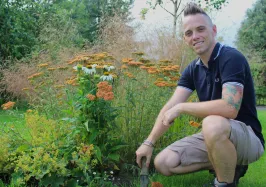-
Ask a Gardening Question Forum
 Lee Burkhill: Award Winning Designer & BBC 1's Garden Rescue Presenters Official Blog
Lee Burkhill: Award Winning Designer & BBC 1's Garden Rescue Presenters Official Blog

Welcome to the ultimate beginner gardening and garden design forum! Where no gardening question is too silly or obvious. This online gardening forum is run by Lee Burkhill, the Garden Ninja from BBC 1's Garden Rescue and a trusted group of experienced gardeners.
Whether you are a beginner or an expert gardener, it's a safe place to ask garden-related questions for garden design or planting. If you have a problem in your garden or need help, this is the Garden Forum for you!

Posting Rules: This space is open for all garden-related questions. Please be polite, courteous and respectful. If you wouldn't say it to your mum's face, then don't post it here. Please don't promote, sell, link spam or advertise here. Please don't ask for 'cheeky' full Garden redesigns here. They will be deleted.
If you need a garden design service, please use this page to book a design consultation. I will block anyone who breaks these rules or is discourteous to the Garden Ninja Community.
Join the forum below with your gardening questions!
Quote from KirstenM on 28th June 2022, 6:44 pmWe are new to the UK, just purchased a house with a fabulously big space which we are keen to start converting into a wild garden (never had a garden before so are complete beginners). However, when we ripped up the decking that covered most of the space we discovered that the previous owner dumped all their building rubble (mostly cement and pebbles) and buried it over most of the area.
We have dug out most of it but of course our space is completely barren of any good soil. Buying bags of topsoil is going to be really expensive, but we aim to get at least a few and to mulch as well (and mix up with wood cuttings from the wood which we are next to). How long should we wait until the soil will be good enough to plant, or will most smaller plants be ok in just a thin layer of soil? We also have a lemon tree in a pot, can we keep it there for a couple of years as it is doubtful it will grow directly in the ground this year?
We are new to the UK, just purchased a house with a fabulously big space which we are keen to start converting into a wild garden (never had a garden before so are complete beginners). However, when we ripped up the decking that covered most of the space we discovered that the previous owner dumped all their building rubble (mostly cement and pebbles) and buried it over most of the area.
We have dug out most of it but of course our space is completely barren of any good soil. Buying bags of topsoil is going to be really expensive, but we aim to get at least a few and to mulch as well (and mix up with wood cuttings from the wood which we are next to). How long should we wait until the soil will be good enough to plant, or will most smaller plants be ok in just a thin layer of soil? We also have a lemon tree in a pot, can we keep it there for a couple of years as it is doubtful it will grow directly in the ground this year?
Quote from bob on 2nd July 2022, 4:06 pmHello KirstenM,
Forget about bags of top soil, mulch, chipped bark for a while.
Make sure you get as much "Cement" out of the area concerned, in your post you say you wish to start a wild garden, do you mean a wild flower meadow, don't worry too much about good deep top soil if you do, or do you mean a garden suited for "Wildlife"?
There is a slight difference a "Wildflower Meadow" is a mixture of Wild flowers that are native and common to the area, with the emphasise on the plants, and a Wildlife Garden is there to cover all aspects of nature, so you have plants that are good for pollinators, you may plant native trees to encourage birds, you may wish to build a pond or stream to bring in frogs/ newts possibly toads but with you building a pond or stream, it is possible that wild native plants will in time self seed themselves in your garden, but both wildlife gardens and wild flower meadows, will benefit the wildlife.
Please look at Lee's "You Tube Video's" I'm sure there is a link from the above menu, Lee covers Wildlife Gardening I'm positive you will find it 100% beneficial.
Regarding your citrus, keep it in it's container, please keep the forum members up to date on how your garden is progressing.
Bob
Hello KirstenM,
Forget about bags of top soil, mulch, chipped bark for a while.
Make sure you get as much "Cement" out of the area concerned, in your post you say you wish to start a wild garden, do you mean a wild flower meadow, don't worry too much about good deep top soil if you do, or do you mean a garden suited for "Wildlife"?
There is a slight difference a "Wildflower Meadow" is a mixture of Wild flowers that are native and common to the area, with the emphasise on the plants, and a Wildlife Garden is there to cover all aspects of nature, so you have plants that are good for pollinators, you may plant native trees to encourage birds, you may wish to build a pond or stream to bring in frogs/ newts possibly toads but with you building a pond or stream, it is possible that wild native plants will in time self seed themselves in your garden, but both wildlife gardens and wild flower meadows, will benefit the wildlife.
Please look at Lee's "You Tube Video's" I'm sure there is a link from the above menu, Lee covers Wildlife Gardening I'm positive you will find it 100% beneficial.
Regarding your citrus, keep it in it's container, please keep the forum members up to date on how your garden is progressing.
Bob
Quote from bob on 2nd July 2022, 4:15 pmHi KirstenM,
I have looked through Lee's extensive catalogue of videos, there are several on Wildlife Gardens, planning, plants and planting, plus Wildflower Meadows, enjoy.
Bob
Hi KirstenM,
I have looked through Lee's extensive catalogue of videos, there are several on Wildlife Gardens, planning, plants and planting, plus Wildflower Meadows, enjoy.
Bob
Quote from alexgreen12 on 1st August 2022, 12:52 pmHi KirstenM
The best way to amend the soil in an existing garden is by top-dressing the bed with an inch or two of compost each season. The compost will break down, thus improving the soil fertility and making it more fertile. or you can get soil fertilizers that are available in the market for your gardening soil.
Hi KirstenM
The best way to amend the soil in an existing garden is by top-dressing the bed with an inch or two of compost each season. The compost will break down, thus improving the soil fertility and making it more fertile. or you can get soil fertilizers that are available in the market for your gardening soil.
Quote from Lee Garden Ninja on 1st August 2022, 8:11 pmHi kirstenmThere have already been some great replies from the Ninja community as always.Here are my additional discount compost tips to help you improve poor garden soil.Buy soil improver in bulk:Buying bulk tonne bags or loose tonnes dropped onto drives can help save you considerable money. Tree surgeons may have chipped tree bark that you can collect at a low rate. However chipped bark is slow to break down and not the best soil improver.Budget-friendly Mushroom compost:Maybe look at Mushroom compost which is a lot cheaper and a good bulk buy soil improver. Not as rich as compost.Free Well rotted manure:You could also ask local horse owners or stables if they have any well-rotted manure. Usually 6-8months old, cold and non-smelly. A lot of stables will allow you to collect this for free and it's fab for soil improvement! The below image shows manure that's not rotted down enough. When it's ready it will be dark black, slightly crumbly and shuld smell earthy not like manure!Make your own free leaf mould soil improver:Leaf mould is an excellent soil improver. Gentle and full of beneficial bacteria. It takes around 12-18 months to break down but is free if you collect leaves from your trees and any neighbours that would otherwise be binning them. You can read more on leaf mould here, you can even use big bags to make it!https://youtu.be/Q-w0lD711LQChoose high quality peat free compost that lasts:If you are choosing compost always pick peat free. Peat is incredibly damaging to the wider environment and is not sustainable. Dalefoot compost is one of the best and most expensive but it lasts. So sometimes it's worth spending a bit more.You can also use old spent compost from pots - see my video below for other recycling uses of compost to improve soil!https://youtu.be/T1vVfz0r0U0Good luck with your garden endeavours!Lee


Quote from KirstenM on 2nd August 2022, 11:24 amThanks so much to everyone for the help!
@bob I am looking for a garden suitable for wildlife, with pond and natural habitat places etc, but where I can also grow food. Have looked over a few of Lee's videos - they are really great!
Have put the lemon tree into a barrel, it's already doing really well 🙂
K
Thanks so much to everyone for the help!
@bob I am looking for a garden suitable for wildlife, with pond and natural habitat places etc, but where I can also grow food. Have looked over a few of Lee's videos - they are really great!
Have put the lemon tree into a barrel, it's already doing really well 🙂
K
Quote from bob on 3rd August 2022, 12:59 amHi Kirstenm,
Any water in a garden will be beneficial to wildlife, especially a pond, lots of assistance online regarding building one, a few pointers if I may, make the deepest part of your pond at least 3ft deep if posible, critters go deep in winter, make an area of your pond shallow, and beach like, this allows animals an easy exit, and birds to get a drink and a bath, in your construction of the pond include a few other levels to accommodate different plants, placing your pond so that it gets good light would be good, dont dig it under trees, leaves fall in Autumn and you dont want to keep cleaning these out!!!
As for growing food, this is where you'll want good soil, and do your homework prior to planting, think on sun, soil light and moist / dry parts of the garden, and if your food growing area is going to be fairly large, and you are situated in the country, Rabitts can be a problem!!!!!
Enjoy your new venture, get yourself so far in your new build and please send in an image, so the forum can see the progress
Best
Bob
Hi Kirstenm,
Any water in a garden will be beneficial to wildlife, especially a pond, lots of assistance online regarding building one, a few pointers if I may, make the deepest part of your pond at least 3ft deep if posible, critters go deep in winter, make an area of your pond shallow, and beach like, this allows animals an easy exit, and birds to get a drink and a bath, in your construction of the pond include a few other levels to accommodate different plants, placing your pond so that it gets good light would be good, dont dig it under trees, leaves fall in Autumn and you dont want to keep cleaning these out!!!
As for growing food, this is where you'll want good soil, and do your homework prior to planting, think on sun, soil light and moist / dry parts of the garden, and if your food growing area is going to be fairly large, and you are situated in the country, Rabitts can be a problem!!!!!
Enjoy your new venture, get yourself so far in your new build and please send in an image, so the forum can see the progress
Best
Bob


Vuelo Top 10 Garden Blogger Award 2019
Chelsea Flower Show Director Generals Trade Stand Award 2018
5 Star Trade Stand Hampton Court 2018
Garden Media Guild New Talent 2017 Finalist
RHS & BBC Feel Good Gardens Winner 2016
 To my YouTube channel
To my YouTube channel 
JOIN THE NINJAS
Join our Ninja community for your Exclusive Discounts
JOIN THE NINJAS

Be the first in line for new Guides, Discount codes and Offers